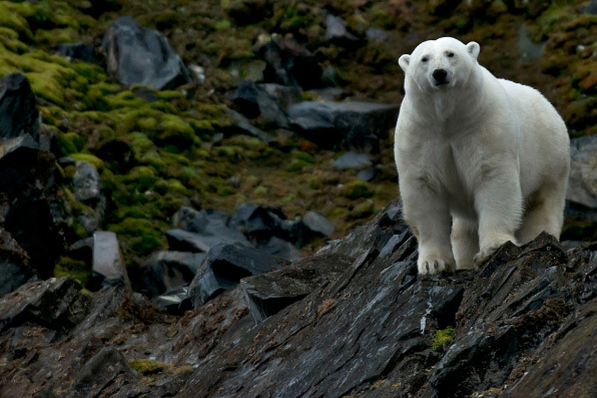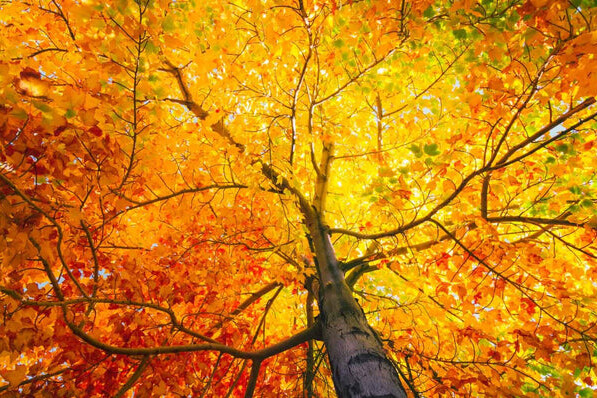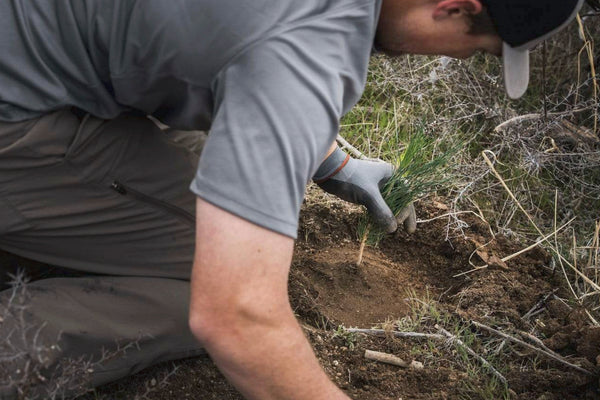Heat Waves And Rising Air temperatures are presenting challenges — Especially when it comes to Urban Heat Islands
At a time when countries around the world are experiencing record-high temperatures and heat waves, the need to address climate change is front and center. Compounded by the heat island effect, cities worldwide are experiencing days of extreme heat exposure at 3x the rate they did in 1980 — and with that comes a sharp rise in heat-related illnesses. In fact, research shows that heat already kills more people in the US than hurricanes, tornadoes and other extreme weather events, contributing to an estimated 12,000 deaths per year.
An important part of the solution? Trees. Scientists have found that when done thoughtfully, planting urban trees can lower air temperatures in city neighborhoods by around 10 degrees. And in a rapidly warming world, that could literally mean the difference between life and death.
What Are Urban Heat Islands?
Simply put, urban heat islands are areas within urban and suburban environments that experience elevated temperatures — especially when compared to rural areas.
When homes, businesses and industrial buildings are built close together, they generate, trap and store heat, which significantly increases surrounding air temperatures. And whether it’s driving a car or powering a factory, any time people burn off energy, they’re probably generating heat. When there are a lot of people engaged in a lot of activities close together, this “waste heat” can combine with other heat sources to add up to a pretty significant temperature increase. In heavily populated areas with tall, close-together buildings and busy roadways, there’s little opportunity for the hot air to escape, thus creating Urban Heat Islands.
According to the US EPA, “the annual mean air temperature of a city with one million or more people can be 1.8 to 5.4°F (1 to 3°C) warmer than its surroundings — and on a clear, calm night, this temperature difference can be as much as 22°F (12°C).” Given the rise of heat waves and record-setting temperatures, we probably don’t need to tell you that that’s a big deal. And as you may have guessed, Urban Heat Islands are especially pronounced in larger cities, but smaller cities and towns also produce them.
There are two types of heat islands: surface heat islands and atmospheric heat islands. In general, temperatures are different at the earth’s surface and at the atmospheric level, which is the air high above the city.
- Surface Heat Islands: Man-made surfaces like roadways and rooftops absorb and emit significantly more heat than natural surfaces like grass and soil. And studies have shown that on a warm day with a temperature of 91°F, conventional roofing materials may reach as high as 60°F warmer than air temperatures. Surface heat islands tend to be most intense during the day when the sun is shining.
- Atmospheric Heat Islands: These heat islands are defined as the warmer air found in urban areas as compared to cooler air in less heavily settled areas. Typically weaker during the late morning and throughout the daytime hours, they form as a result of the slow release of solar heat that has been absorbed by buildings, concrete surfaces and other built materials throughout the day.
How does planting Urban trees And Creating Urban Green Spaces help to reduce temperatures?
1. Shade
If you’ve ever enjoyed the shade of a tree on a hot summer day, we don’t need to explain this one! Trees and vegetation reduce surface and air temperatures by providing shade — in fact, shaded surfaces, for example, can be as much as 20–45°F cooler than unshaded areas at peak temperature. How? During the sunnier seasons, their leaves and branches only allow about 10-30% of solar radiation to reach the area below their canopy. The rest of the solar energy is absorbed through the tree’s leaves for photosynthesis — or reflected back into the atmosphere. To harness this powerful benefit, trees should be planted in strategic locations around buildings or paved areas like streets and parking lots.
2. Evapotranspiration
Simply put, evaporation is the process of transferring moisture from the earth into the atmosphere. Trees and plants do this by absorbing water through their roots and releasing it through their leaves when solar rays hit their canopy. Water is also released as vapor gas from plant surfaces like the trunk, and the surrounding soil. Evapotranspiration, alone or in combination with shading, can help reduce peak summer temperatures by an estimated 2–9°F (1–5°C). In fact, a large oak tree can transpire approximately 40,000 gallons of water per year. This process reduces temperatures by taking heat from the air and using it to evaporate the water, similarly to how sweating helps cool our skin — which reduces the amount of energy that’s left to heat up the surrounding air.
3. Reduced energy use
According to the Department of Energy, carefully positioned trees can reduce a home’s energy costs by 25% — including air conditioning. This in turn reduces the pressure that’s put on our power grid during heat waves, helping to prevent catastrophic power failures. How? Research shows that planting deciduous trees in strategic locations around buildings helps to reduce the amount of solar energy that they absorb — especially if these trees shade windows and part of the building’s roof. At a time when extreme heat forces urban dwellers to rely on air conditioning to stay safe, this is more vital than ever. Another benefit? When fans and air conditioners don’t have to run as much, they release less “waste heat” into the atmosphere.









